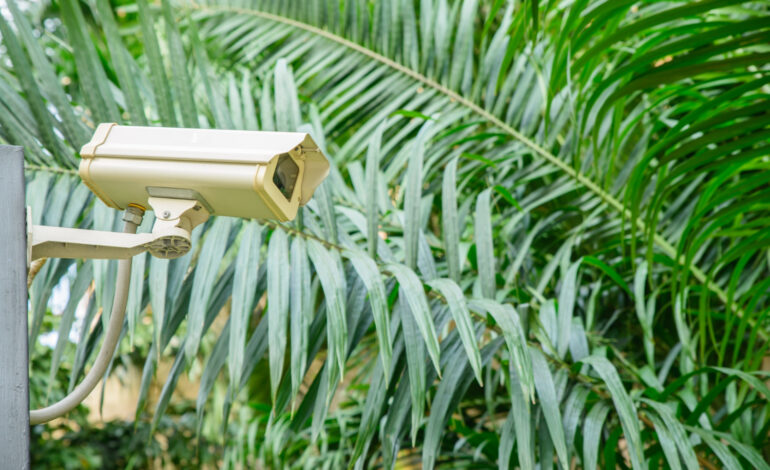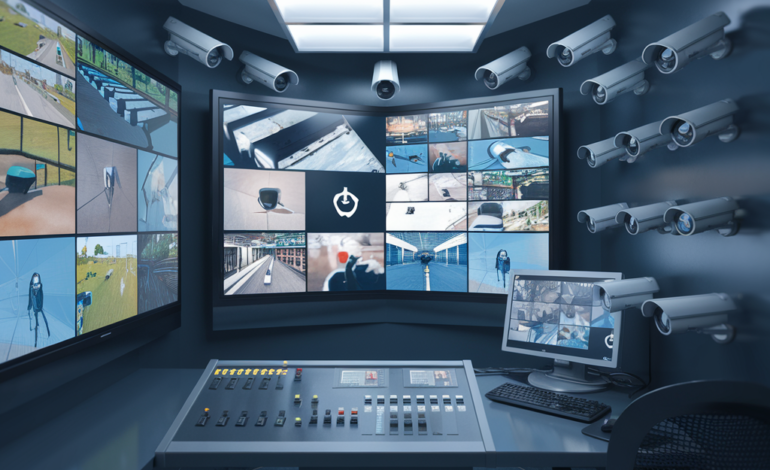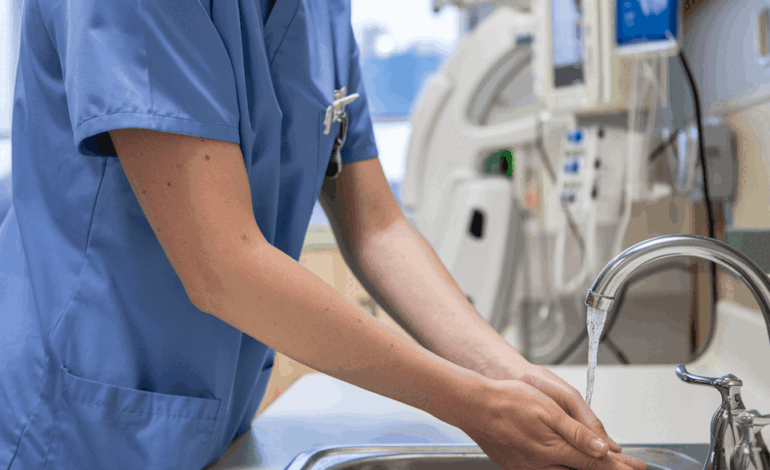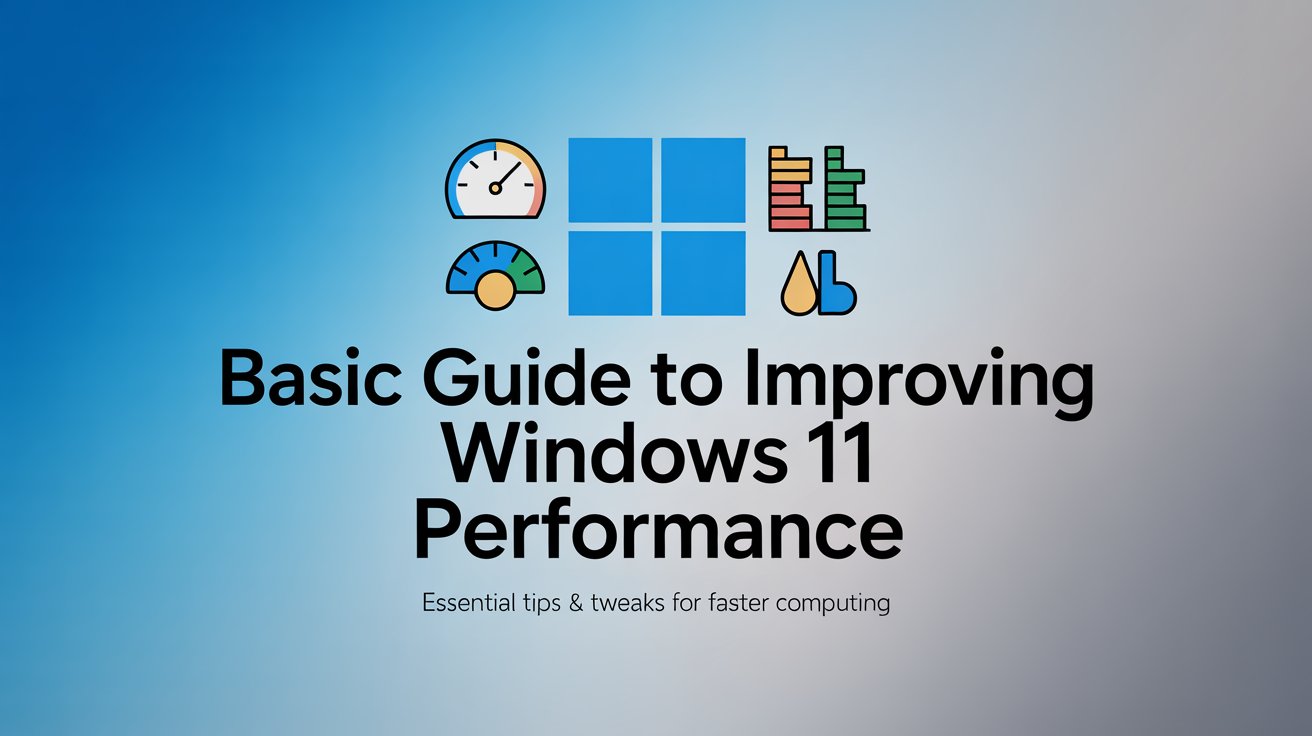How To Protect Outdoor Security Cameras From Weather Damage?

If you reside in a location that has extreme weather events frequently, such as hurricanes, tornadoes, earthquakes, lightning, rainstorms, snowstorms, thunderstorms, etc. It’s critical to learn how to secure security cameras during extreme disasters.
With their unique and robust housings, professional security cameras can be difficult to harm, especially under extreme weather conditions. You can safeguard your outdoor CCTV systems from any weather or calamity you could be concerned about by using the top practical methods listed below.
Positioning
Position cameras in sheltered spots like overhangs or under eaves if possible. Additional layers of defence against rain, hail, snow, dust storms, and various other weather conditions are offered by strategic positioning.
Placement
Cameras should be angled downward. Water settling on a camera’s lens & warping or obscuring the footage might be avoided with a downward tilt.
Weatherproof Structures
Make sure the camera has a suitable IP (Ingress Protection) rating and weatherproof casing. An IP rating’s first number (such as “6” in IP62) denotes protection from dust-like particles, and its second number denotes protection from water. IP68 is the highest IP rating that a camera may be given. An IP67 designation suggests that the camera is shielded from dust particles, strong water jets, and immersion.
Water & Moisture: For outdoor security systems in New England, Connecticut, & the tri-state region, confirm that the IP rating of your outdoor camera’s second number is six or higher.
Dust and Sand: Choose cameras with an IP rating. Where the first digit is 6 to safeguard your investment in gritty conditions and places susceptible to smoke from different regions of the world.
Purchase Dome Security Cameras with an IK10 Rating for Increased Security
In addition to being IP66 qualified, ensure that the security camera is IK10 rated. If you plan on purchasing one with a dome cover because is frequently made of glass. The IK rating indicates how well the security camera housing can withstand mechanical impacts from the outside.
Additionally, the security cameras with the highest rating of their kind, IK10, may have been sufficiently secured in opposition to the effects of extreme weather events, including typhoons, hurricanes, tornadoes, and snowstorms. Learn how to choose the best IK10-rated vandal-proof security cameras by visiting vandal-proof-security-cameras.
To Safeguard Your Security Camera, Think About Getting a Custom Enclosure
Custom enclosures are another way to shield your security cameras from bad weather. A great way to protect any camera from inclement weather is using a glass-fronted birdcage. You may need to undertake some handyman labour, but you can ask a friend who knows how to do things on their own to assist you.
Another option is to purchase an acrylic dome & install the camera inside of it. Instead of spending a lot more cash on a high-end weatherproof camera, it can be less expensive to create your housing. However, in the face of rain, lightning, and other extreme conditions, your handmade enclosure may not be as durable as a waterproof camera purchased from the store.
Purchase Extra Housing to Keep Security Cameras Safe During Inclement Weather
If you are still concerned about whether your IP66 security camera will withstand earthquakes, tornadoes, or hurricanes, you could buy climate-controlled enclosures for your cameras. To make your outdoor security cameras less hazardous than they could already be, some businesses supply specialised housing. To assist in protecting your security cameras from inclement weather, purchase some extra weatherproof casing if you disagree that your current weatherproof cameras are sufficient.
Install Security Cameras Correctly to Protect Them From Lightning
The first and most crucial rule to protect security cameras from lightning strikes is never to mount them to metal. It’s possible for a direct lightning strike to disable your security camera. If the camera has been mounted on metal and your building is struck by thunder. The lightning may pass through the cable and kill the camera. More significantly, a power spike brought on by the lightning can destroy your DVR or NVR. So, how can the entire security camera system be shielded from lightning? Power supply panels could be useful, allowing cameras and NVRs/DVRs to have their power source.
Keep Security Camera Wires Safe in Rain, Snow, and Sunlight
After protecting your security camera from the elements, keep in mind to shield the wires from the elements, particularly if they are subjected to rain and snow outside. Using a conduit is the most effective way to shield security camera cables from weather and sunlight.
Conclusion
Purchasing new security cameras on a regular basis is not a wise idea given. That you are not protecting your existing ones from inclement weather. In tough operating environments, a highly functional security camera is advised. Regardless of the purchase, cameras can be preserved in a number of ways to prolong their lifespan.








